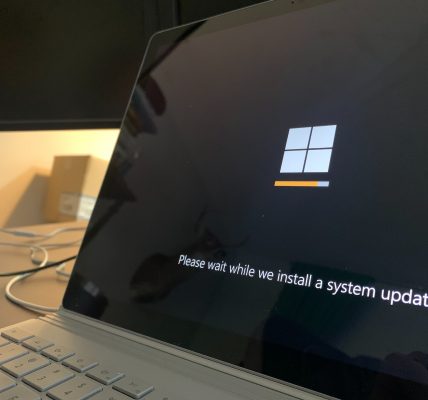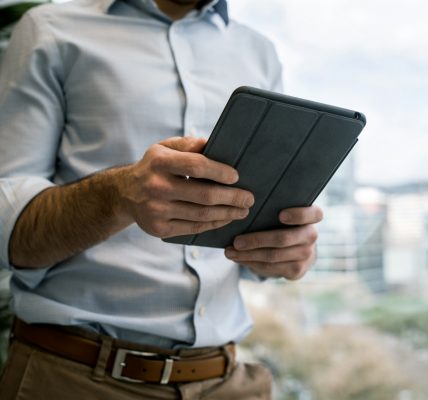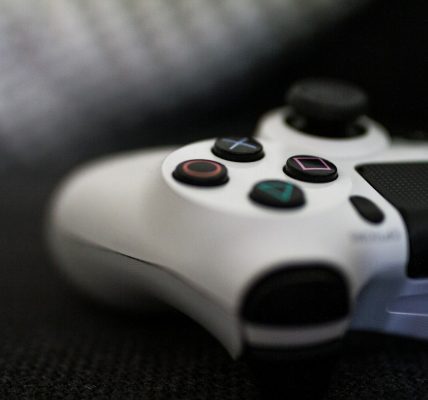Apple’s Face ID is a key feature in all recent iPhones, except for the iPhone SE, and is also available on several iPad models. It serves as a convenient biometric authentication system, allowing users to unlock their devices, sign into apps, and authorize Apple Pay transactions. Face ID can also autofill passwords for a seamless user experience. However, while it is generally reliable, some users encounter problems with Face ID not functioning correctly. If you’re one of those users, there are a few troubleshooting steps you can follow to fix the issue.
Common Reasons Why Face ID Might Stop Working
Face ID is designed to work efficiently in most situations, but there are times when it may fail to operate correctly. In most cases, this is due to software issues rather than physical damage. For instance, if you’ve dropped your iPhone or iPad, and it sustained hardware damage, your only solution might be to send the device in for repairs. Signs that Face ID is malfunctioning include receiving error messages like “Face ID not available” or “Face ID has been disabled.” You may also notice that it takes several attempts to unlock your device, or you may be prompted to enter your passcode instead.
In some situations, Face ID may be disabled by the device itself. This typically occurs after five failed attempts to authenticate, after a device restart, or when the device has not been unlocked for more than 48 hours. Face ID also won’t work in Emergency SOS mode or if your device has been placed in Lost Mode through the Find My app.
Occasionally, issues with Face ID arise due to software bugs, outdated software, or settings misconfigurations. If your Face ID isn’t working, you might be able to fix it by following the troubleshooting steps below.
How to Fix Face ID Not Working
1. Check Face ID Settings
The first thing you should do is verify your Face ID settings. To do this, go to Settings > Face ID & Passcode. Ensure that Face ID is enabled for all the features you want to use, including unlocking your device, making Apple Pay transactions, and using Password Autofill. If you’re having trouble using Face ID with third-party apps, check that Face ID is enabled for those apps by navigating to Settings > Face ID & Passcode > Other Apps. From there, you can toggle Face ID on or off for specific apps.
2. Make Sure the TrueDepth Camera Isn’t Blocked
Face ID works by scanning your face using the TrueDepth camera on the front of your device. If something is obstructing this camera, such as smudges, dirt, or debris on your screen, Face ID will not function correctly. Clean your screen to ensure it’s free of any obstructions. If your screen is cracked or you’re using a particularly thick screen protector or case, these may also interfere with Face ID’s performance. In some cases, you might even receive a “camera covered” message if the sensor is blocked.
Face ID is designed to recognize your full face, including your eyes, nose, and mouth. While it generally works well if you’re wearing hats, scarves, glasses, or sunglasses, polarized sunglasses may cause problems. If you’re wearing polarized lenses and Face ID isn’t working, try removing them and see if the issue is resolved.
3. Update Your Appearance Settings
Face ID can have trouble recognizing you if your appearance changes frequently, such as when you grow facial hair or switch between different pairs of glasses. In such cases, you can set up an “alternate appearance.” To do this, go to Settings > Face ID & Passcode and select the option to set up an alternate appearance. Additionally, if you wear glasses, you can register up to four pairs by tapping the “Add Glasses” option in the Face ID settings.
4. Update Your Device’s Software
If Face ID is still not working after checking your settings and ensuring the camera is unobstructed, the issue may lie in your device’s software. Make sure that your iPhone or iPad is running the latest version of iOS or iPadOS. To check for updates, go to Settings > General > Software Update. Installing the latest software updates often resolves bugs that may affect Face ID.
5. Restart Your Device
Sometimes, a simple restart is all that’s needed to get Face ID working again. Restarting your iPhone or iPad can clear out temporary bugs or glitches that may be affecting Face ID’s performance. To restart your device, hold down the power button (and either of the volume buttons on newer iPhones) until the power-off slider appears. Slide to power off, wait a few seconds, then turn your device back on.
6. Reset Face ID
If none of the above solutions work, you might need to reset Face ID and set it up again from scratch. To do this, go to Settings > Face ID & Passcode and select “Reset Face ID.” Once you’ve reset it, follow the on-screen prompts to go through the Face ID setup process again. This could help to resolve any configuration issues that are causing problems.
7. Consider Hardware Issues
If Face ID still isn’t working after trying all the software-related solutions, the issue could be related to hardware. This could happen if your device has suffered any physical damage, especially to the TrueDepth camera system. Unfortunately, if this is the case, your only option may be to send your device in for repair. You can visit an Apple Store or authorized service provider to have your device assessed and repaired if necessary.
Final Thoughts
Face ID is a convenient and secure way to access your Apple devices, but it’s not perfect. If you encounter any problems, follow these troubleshooting steps to get it working again. In most cases, the issue can be resolved by adjusting your settings, cleaning the camera, or updating your software. If the problem persists, a device restart or Face ID reset may do the trick. However, if all else fails and the issue is hardware-related, you may need professional help to repair your device.




